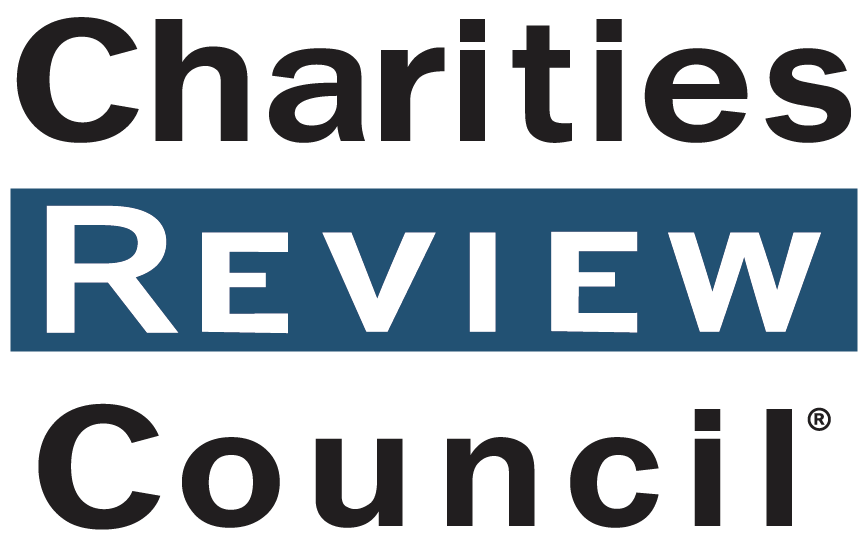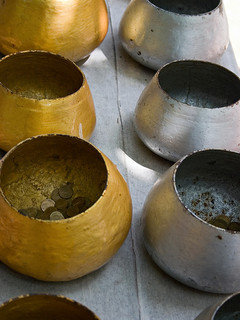Last week, we received a two dollar donation from one of our loyal supporters.
My initial reaction when I opened the envelope was, “Wow, this donor went through a lot of effort to write a check, purchase a stamp, and put it in the mail for just two dollars!” I took another look at the handwriting and loopy signature, remembering that this two dollar check means something beyond the monetary amount. This individual took the time to write a check to the Charities Review Council, most likely from a fixed income. We want to build a culture of philanthropy that celebrates every gift, no matter how small.
The Chronicle of Philanthropy recently conducted a study that outlines giving patterns based on state, neighborhood, household, political association, and income. The key conclusion of the study is that wealthy donors give away a smaller share of their income than everyday middle-class Americans. Households that earn $50,000 to $75,000 give an average of 7.6 percent of their income to charity, compared with an average of 4.2 percent given to charity by people who earn $100,000 or more. As we seek to build a philanthropic culture across socioeconomic boundaries, what does this data mean?
According to the Huffington Post’s review of the Chronicle of Philanthropy study, “rich people apparently care less about the less fortunate than their middle-class counterparts.” The study’s conclusion, nd the recap by Huffington Post, leads to a divisive, rather than productive, discussion. What our sector really needs is a dialogue about how to understand the true value of a donation. Based on the Council’s experience with donors, we know that the decision to support a nonprofit comes from a place of true generosity. We ask our readers to move critically beyond the Huffington Post’s suggestion that ‘rich people give less’ and start focusing on how we can all work together give more, and more often.a
The Chronicle study does make one positive conclusion well-worth celebrating – America’s middle class values charitable giving. We wonder: what is it about the middle class that leads this group to give a larger percentage its income? What then, can nonprofits do to cultivate this broad-based network of generous mid-level donors? While cultivating major donors is important, it’s also important for nonprofits to value all donations, at every level, in every category.
At the Council, a ‘donor’ is someone who dedicates his or her energy, time, skill, influence or dollars to a cause or issue. And next time a two dollar check, or any check, arrives in the mail, let’s all be sure to celebrate the loyal support and generosity behind each and every penny. It’s time to focus on building a new culture of philanthropy where we all strive to give more of our time, energy, and resources to make the world a better place.
And to all the two dollar, two hundred dollar and two thousand dollar donors out there: thank you for rallying around our causes in every way that you do!
By Keely Hendrickson, Marketing and Development Specialist


